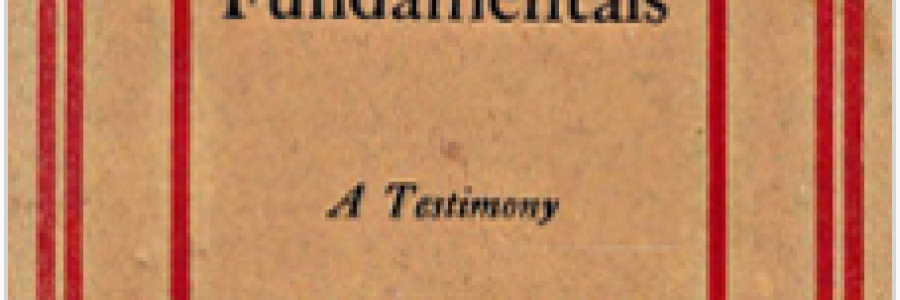Does mockery of our opponents have a place in theological debate?
My theological viewpoints have frequently been mocked by other Bible-believing Christians. For example, being dispensational (of a sort), my viewpoint has been called unscholarly, mindless, etc., and those who hold my view as “sensationalist.” I am a young earth creationist, and other evangelicals have accused people with my viewpoint as mindless and naive, and essentially believing the world is flat.



Discussion